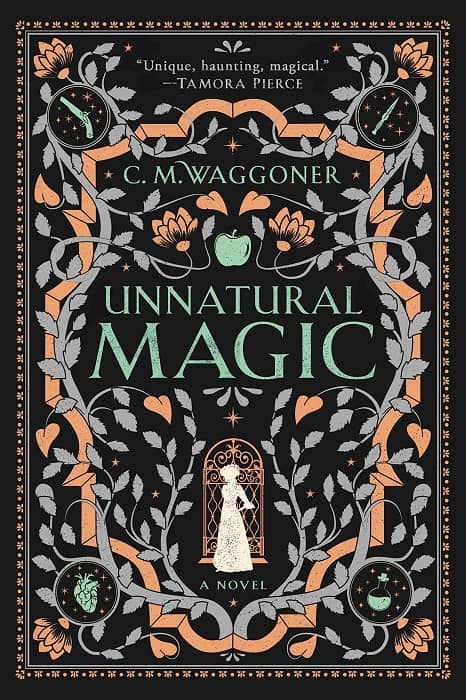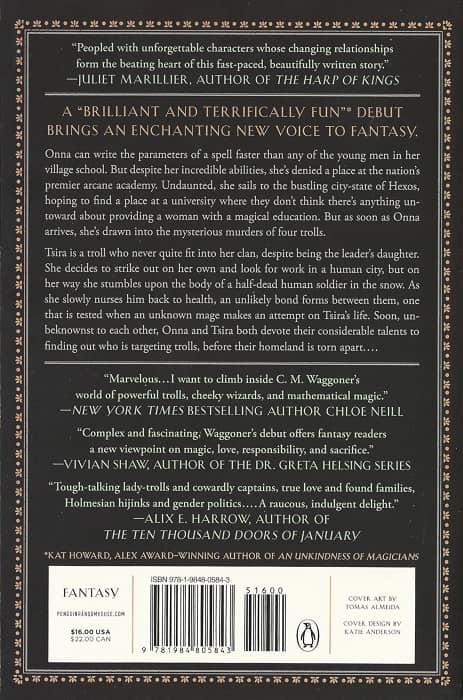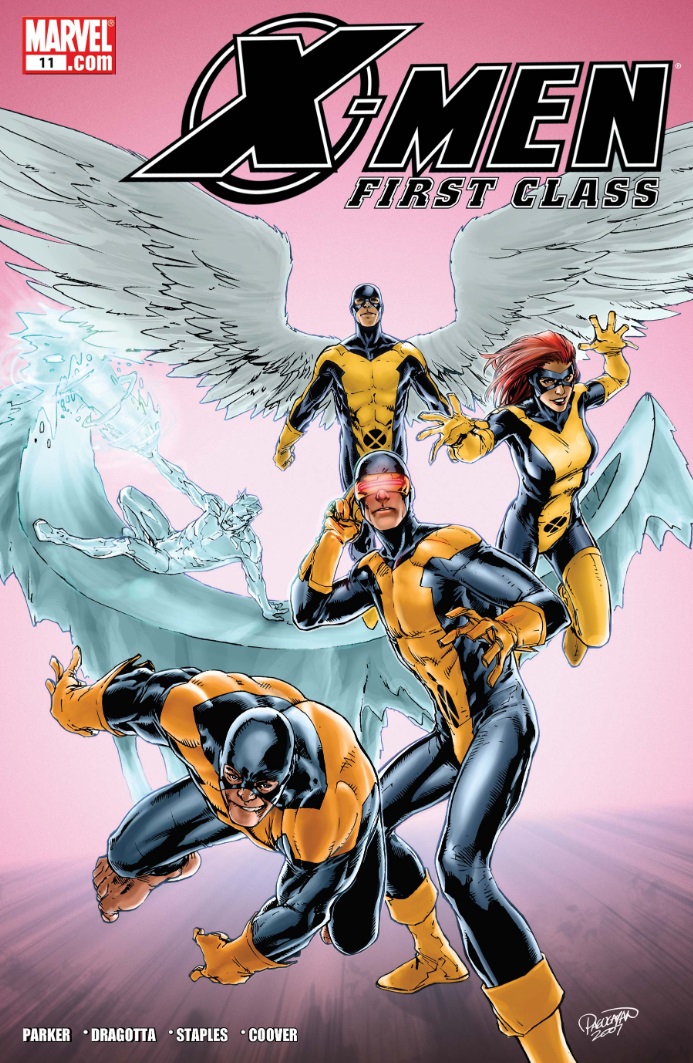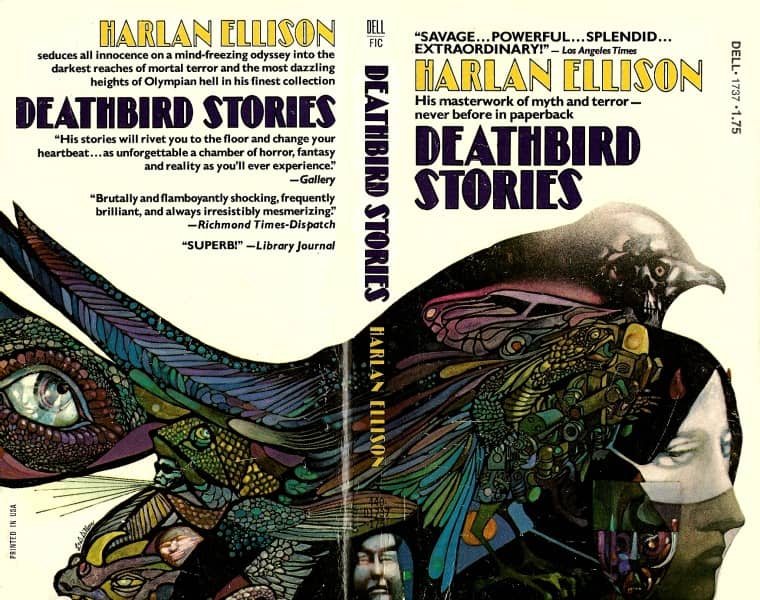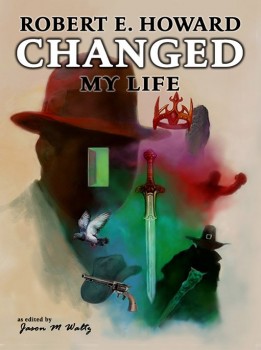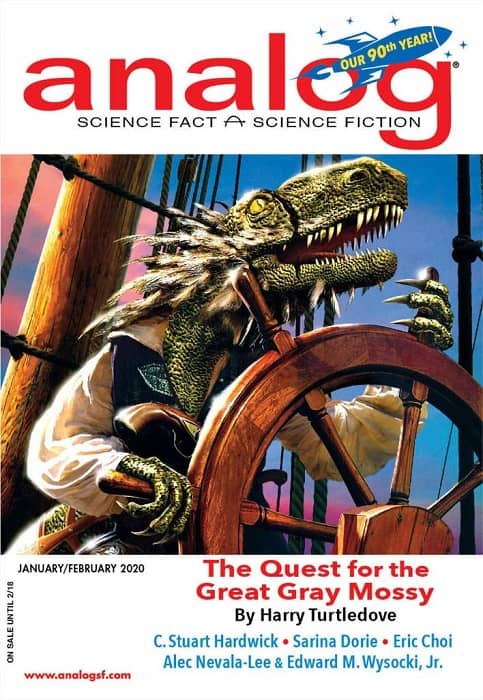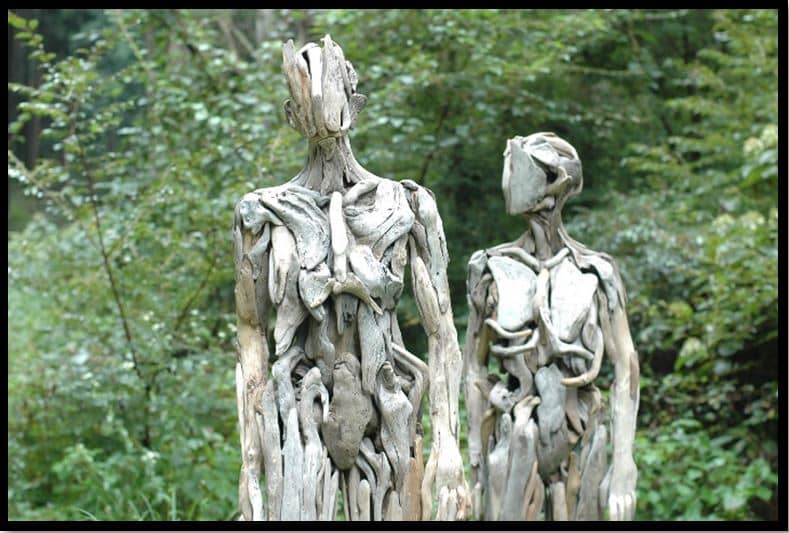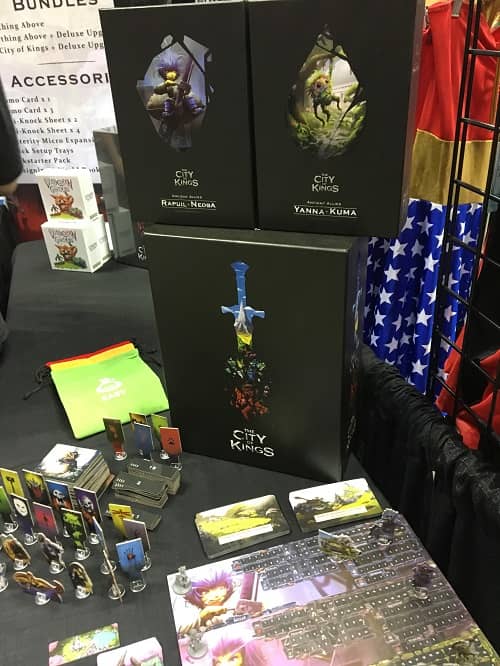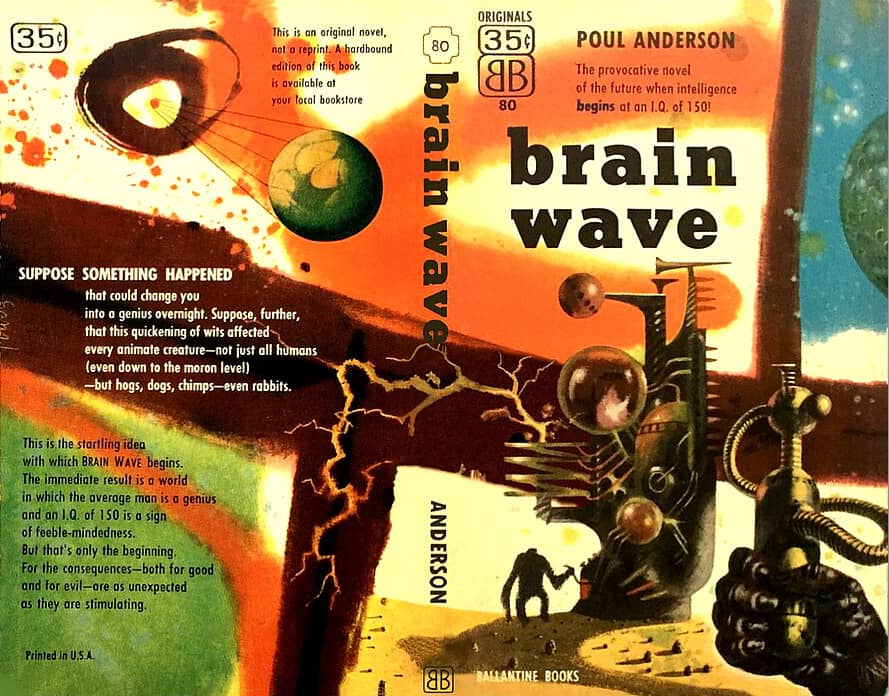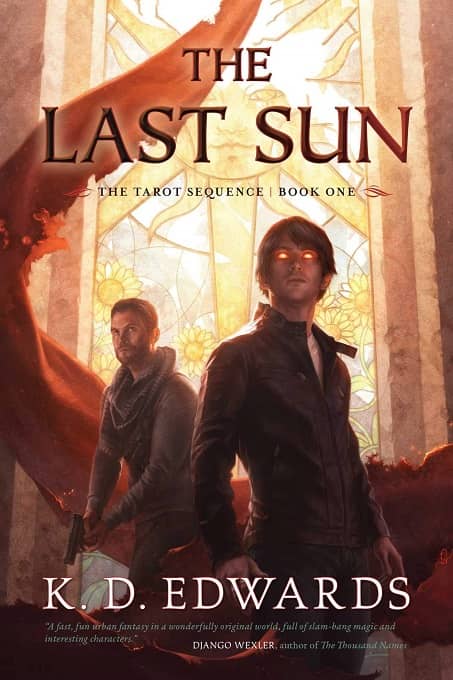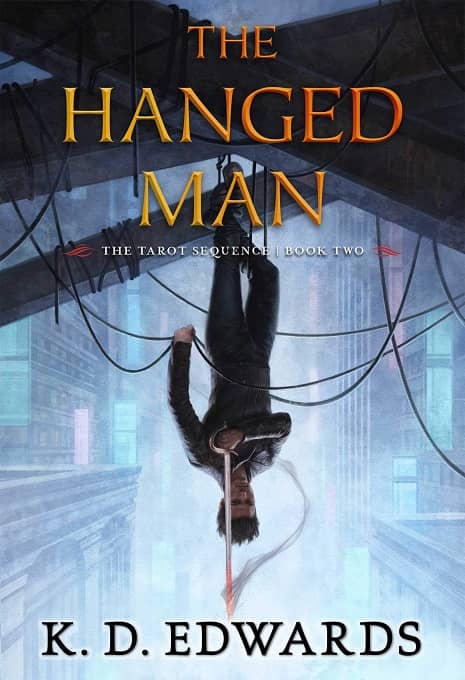The Best in Modern Sword & Sorcery: The Best of Heroic Fantasy Quarterly, Volume 3
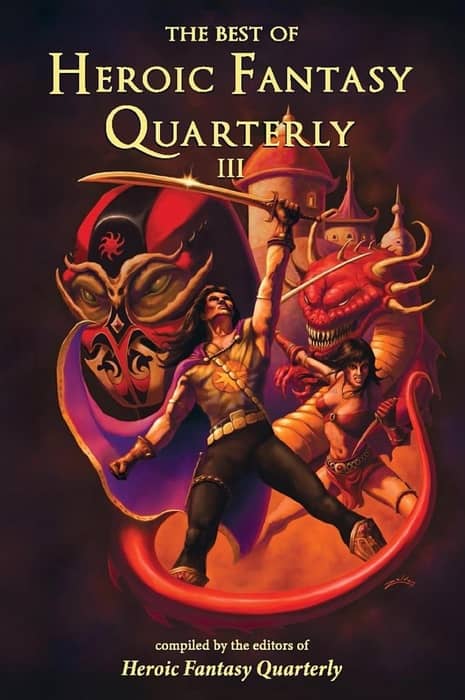 |
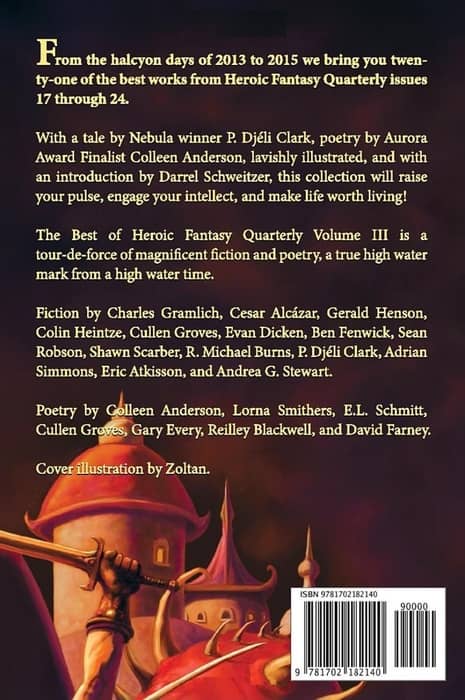 |
Cover by Zoltan
Heroic Fantasy Quarterly has been published, like clockwork, every quarter since June 2009. And every eight issues, like clockwork, the editors of HFQ assemble a Best of Heroic Fantasy Quarterly volume, as a way to celebrate another milestone and promote their worthy magazine.
These books are top-notch examples of modern sword & sorcery (and I’m not just saying that because I was invited to write the introduction for Volume I.) In his review of Volume I, Fletcher Vredenburgh wrote:
Heroic Fantasy Quarterly is… the most consistent forum for the best in contemporary swords & sorcery. Some may think I’m laying it on a little thick, but The Best of Heroic Fantasy Quarterly: Volume 1, 2009-2011, a distillation of the mag’s first three years, should prove that I’m not.
Volume III has just arrived, with a dynamic cover by Zoltan and stories by Charles Gramlich, P. Djéli Clark, Adrian Simmons, David Farney, and many others — plus an introduction by Darrell Schweitzer, and original art for each story by Miguel Santos, Justin Pfiel, Garry McCluskey, Robert Zoltan, and others. It’s an all-around gorgeous package, and a fine reminder that Heroic Fantasy is still a vibrant genre in the 21st Century. Here’s the complete Table of Contents.
